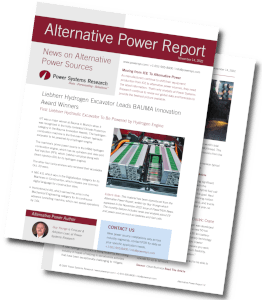U.S. Powersports Industry Grows in 2021

The U.S. Department of Commerce’s Bureau of Economic Analysis (BEA) has released economic data for 2021 showing the outdoor recreation industry’s impact on the U.S. economy. Key highlights from the 2021 data on the U.S. outdoor recreation economy include: 1. $862 billion in economic output; 2. 1.9% of GDP, and 3. 4.5 million jobs.
Trips and travel have come back, record sales in many outdoor segments, manufacturing increasing, as well as the drive to continue to recreate for quality of life has allowed the outdoor industry to bounce back from the effects of COVID-19.
“The continued strength of the outdoor economy is no surprise to the marine industry, where we continue to see incredible growth with new and younger customers taking to our brands each year,” said Chris Drees, President of Mercury Marine, the world’s leading manufacturer of recreational marine propulsion engines.



